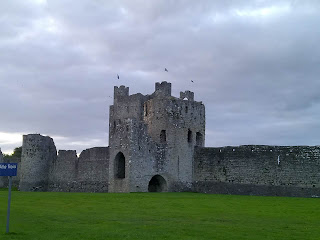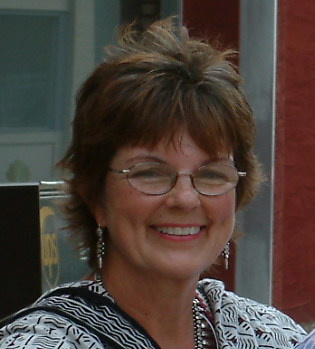

My transmissions stopped, and you expected to be finished with stone. But stone speaks too loudly to be silenced.
You will remember that we drove south out of Northern Ireland, with our plan to see the many sites in the Valley of the Boyne. The first site we came to was Monasterboise, an early Christian site founded by St. Buite who died c. A.D. 521. No building as old as this exists. The round tower was built c. A.D. 968, shortly after the dreaded Vikings were finally and bloodily thrown out. The tower was damaged by fire in 1068. The great Cistercian Mellifont Abbey was founded in 1142, and Monasterboise fell into decay.
The Cistercians were a spin off group from the Benedictine monks, and are referred to as the White Friars. The color refers to the color of the habits. The Black Friars are the Dominicans, and the Grey Friars I believe, are Augustinians. I was sorry I didn't ask the guides which order the Skellig Michael friars belonged to. But they certainly followed Benedict's rule of leaving the world behind in order to be closer to God.
I will say this now, I really have no affiliation with a religion, but I love history, and no matter how the Christian community has changed over time, I have a great respect for these early men and women of faith. My interest is truly in the medieval mindset, history, and in finding connections to our lives today.
I said to my grandson, Tyler, "I feel good whenever I am inside a monastic site. I think I was a monk in a past life." He responded thoughtfully, "That's interesting, since you're not a Christian."
But these Cistertians, they were a hard bunch for sure.
























































